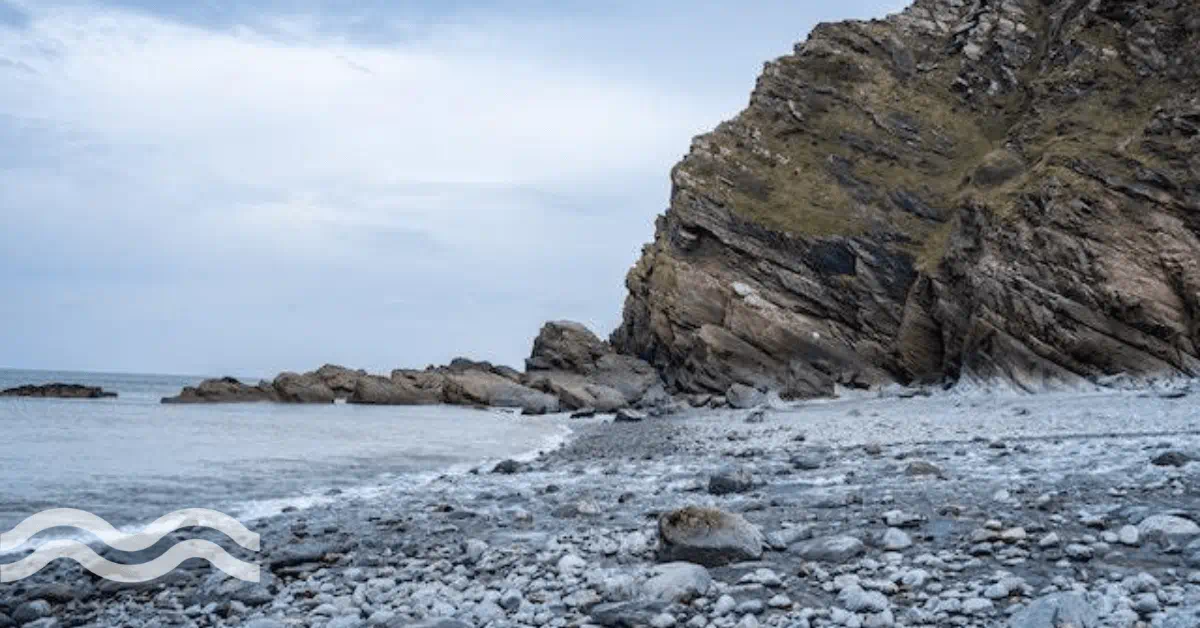Predictive analytics powered by AI
AI-powered systems can effectively monitor water quality in real-time using biosensors and advanced analytics. While some organisations are exploring the use of biosensors integrated with AI algorithms in wastewater treatment plants to detect pollutants and provide valuable insights, others are using predictive analytics powered by AI to forecast and manage CSO events, reducing their frequency and severity.
Remotely detecting sewage overspill events from space
A unique project is being developed in the South West of England to predict pollution before it happens and help prevent it using AI.CGI, a global IT and business consulting services firm and Ordnance Survey are utilising a newly created AI model that can predict with high levels (over 90 per cent) of accuracy the conditions most often associated with pollution events.
It is the latest project undertaken by CGI’s Sustainability Exploration Environmental Data Science (SEEDS) programme, a research initiative designed to challenge the thinking and practice around sustainability in partnership with academia, launched with the United Nations last year.
After an initial first phase, the project will be rolled out at North Devon UNESCO Biosphere reserve. The biosphere covers 55 square miles and is centred on Braunton Burrows, the largest sand dune system in England and a protected area that includes important natural habitats as well as farmland and small towns.
Pushing boundaries
By bringing together multiple sources of data, including data from sensors, the new solution will identify where and when pollution incidents take place, or where they may occur in the future. Using available data from the UK Environment Agency combined with data from CGI, Ordnance Survey, North Devon Biosphere and OpenSource satellite data, the project will use AI to map out where these incidents of pollution have taken place over a time period using CGI’s GeoData360 platform.
“Here in the UNESCO biosphere reserve, we are keen to push the boundaries of the application of science to improve sustainability of the environment and the links between people and nature,” said Andrew Bell, CEO, North Devon Biosphere.
"The collaboration with SEEDS is a great opportunity to take our work in digital twinning in a catchment and test its enhancement with remote sensing for water pollutants."
Untreated wastewater being discharged into England’s oceans
The integration of more sensors and AI technologies could play a crucial role in addressing the challenge of untreated wastewater being discharged into England's oceans in the future as the benefits are vast.
Several countries around the world are already using AI to manage the issue of pollution, including wastewater and CSO discharge. In the US, for example, the nation has been using AI for pollution management. Cities like New York have implemented AI-powered systems to predict CSO events and optimize wastewater treatment processes.
China has been actively exploring AI technologies for pollution management. For instance, in the city of Wuhan, AI-powered water quality monitoring systems are used to detect and address pollution in real-time. These systems analyse data from numerous sensors installed throughout the city, allowing authorities to respond quickly to pollution incidents and protect water resources.
Singapore has also adopted AI to address pollution challenges. AI and data analytics are used to monitor and manage its wastewater treatment processes. AI algorithms analyze sensor data to optimise treatment operations, detect abnormalities, and predict maintenance needs, improving overall efficiency and minimizing pollution risks.
Learning patterns and behaviours
Traditional methods of monitoring wastewater discharge often involve periodic sampling and laboratory analysis, which may not capture real-time changes or sudden events. By deploying a network of sensors in wastewater treatment plants, coastal areas, and discharge points, authorities can gather continuous data on key parameters such as pollutant levels, pH, temperature, and turbidity.
AI algorithms can then analyse this data in real-time, providing immediate insights into the quality and impact of wastewater discharge on the oceans.
AI-powered systems can learn normal patterns and behaviors in wastewater treatment processes and water quality parameters. By continuously monitoring the data collected from sensors, AI algorithms can identify deviations from the norm and raise alerts when abnormalities occur. This early detection enables prompt intervention and corrective actions, reducing the likelihood of untreated wastewater being discharged into the oceans.
Longer term, the partners within CGI’s SEEDS programme plan for the tool to be replicated and rolled out at scale to reduce the impact of raw sewage pollution globally and to protect and enhance nature in the communities in those areas.






